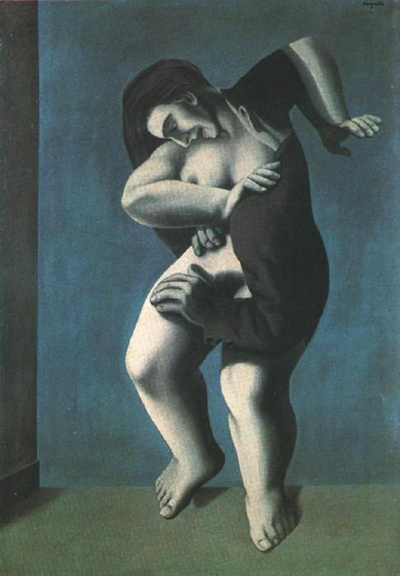Rene Magritte lived in a time where art delved into surrealism. He was an influential part of the movement, heading it during his time in Paris in 1927.
He was born in Lessines, Belgium on 21 November 1898. At the age of 68, he passed away in Brussels, Belgium on 15 August 1967. His work was in the realm of surrealism. Magritte wanted to challenge the preconceived notions of everyday objects by placing them in unusual context.
His paintings were witty and made people question what they saw at first glance. The paintings he created became a major influence on much of the pop and minimalist artistic cultures of later years.
Rene Magritte’s father, Leopold Magritte was a textile merchant and tailor and his mother, Regina Magritte was a milliner before meeting Leopold. Rene started taking drawing lessons in 1910. Two years later, his mother killed herself by throwing herself into the River Sambre. She had made multiple attempts to take her own life, causing Leopold to lock her in a bedroom.
She escaped and a couple of days later, she was found in the river. The way she was found, her face covered by her dress, is believed to be the motivation behind several of his pieces between 1927 and 1928. In these paintings, cloth obscured the faces of the people in his art works.
In his The Titanic Days painting, the same bluish-green background is used as seen in his Discovery painting. It is used to offset the image of a strange rape scene. The woman in the image is deformed to the extent that it appears that she has elephantiasis. She is in a defensive pose and seems to be anxious. The two people in the image are melded strangely by combining the silhouette of the man with the women’s outline. Her shadow combines with the depiction of the man’s feet and legs. The man’s hands seem abnormally large when compared to the woman, symbolizing the power he has over her in the scene.




